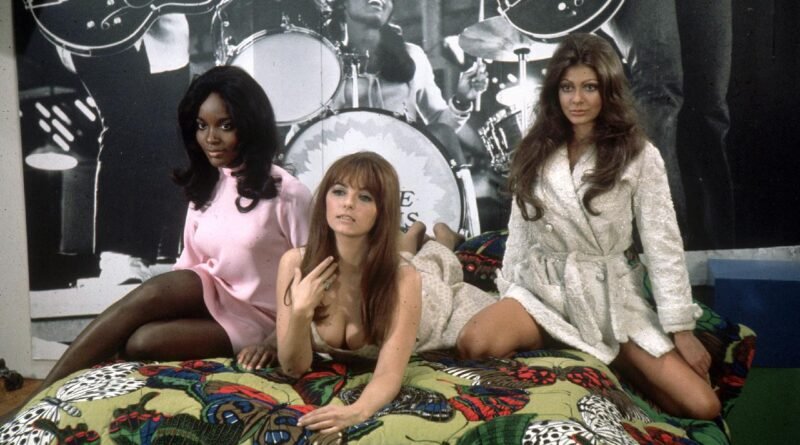Hidden Gems: Beyond the Valley of the Dolls (1970)
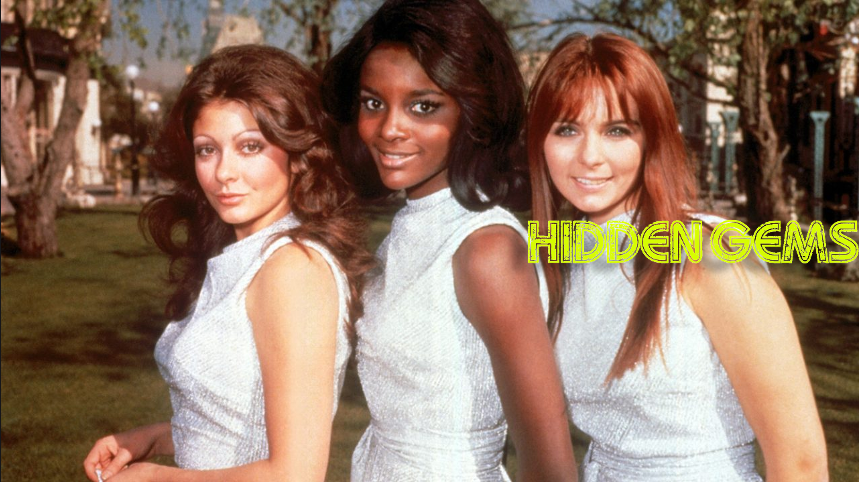
Beyond the Valley of the Dolls, 1970 (Dolly Read/Cynthia Myers/Marcia McBroom) 20th Century Fox
“This is my happening and it freaks me out!”
“We wrote the screenplay in six weeks flat, laughing maniacally from time to time, and then the movie was made. Whatever its faults or virtues, ‘Beyond the Valley of the Dolls’ is an original — a satire of Hollywood conventions, genres, situations, dialogue, characters and success formulas, heavily overlaid with such shocking violence that some critics didn’t know whether the movie “knew” it was a comedy.”
ROGER EBERT
Russ Meyer made some decent movies. Faster Pussycat, Kill, Kill. Lorna. Trading in harmless “nudie” movies like The Immoral Mr. Teas for the violence of Motor Psycho. When Vixen broke box office records on $73,000 budget, Richard Zanuck and David Brown approached Meyer with a three picture deal for 20th Century Fox. Even with a little over a dozen movies under his belt, nothing can prepare you for Beyond the Valley of the Dolls.
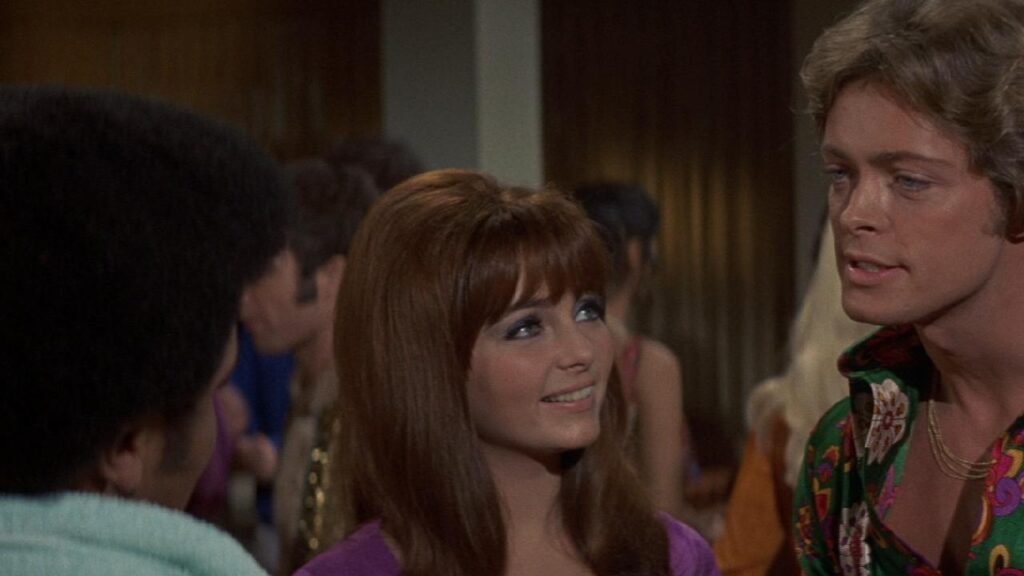
It’s equal parts satire and horror. It’s not a sequel to the 1967 melodrama starring Patty Duke and Sharon Tate. It’s (more appropriately) a variation on a theme. That movie was about vain starlets and the hangers-on who destroy them. This is a movie about vain musicians and the hangers-on who destroy them. Three of them. All gorgeous and insecure with big breasts and bad habits. It’s Russ Meyer after all.
They call themselves The Kelly Affair until creepy new manager and impresario (influencer) Ronnie “Z-Man” Barzell dubs them The Carrie Nations and they take the world by storm. Think about it! A power trio of hot babes who play their own instruments? Are you kidding? Even with Stu Phillips providing the fills and Lynn Carey and Barbara Robison singing for the girls, I still like the songs. The Carrie Nations are a fictitious band, but I can’t imagine them not being a success if they were real.
Lead singer Kelly (Dolly Read) drifts away from her boyfriend and former manager, Harris (David Gurian), and allows herself to be seduced by sleazy gigolo, Lance (Michael Blodgett)—why are gigolos always named Lance? Meanwhile Harris gets tossed a doob named Ashley (Edy Williams). This is a Hollywood you can understand, filled with babes and drugs, corporate and political corruption, blood and regret.
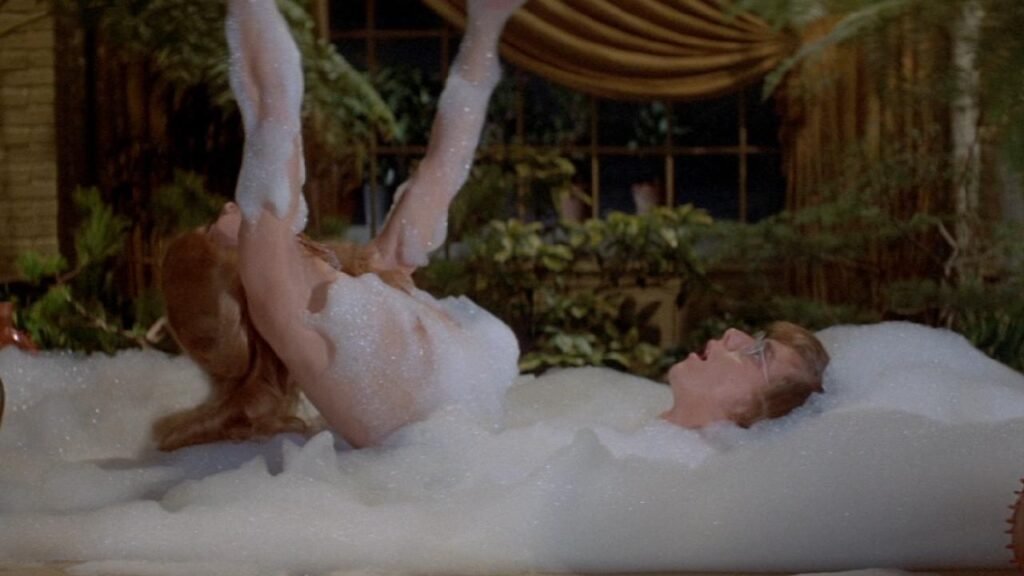
Black Dahlias and Manson murders abound, up in the hills where the screams bounce off the canyon rocks. This is a perfect Hollywood that runs on nightmare fuel and the tears of groupies. After The Carrie Nations get their recording contract, it all starts to go downhill. The drugs kick in and a great medicated cloud obscures everything. You know how the story goes. Humble beginnings. The leeches come out.
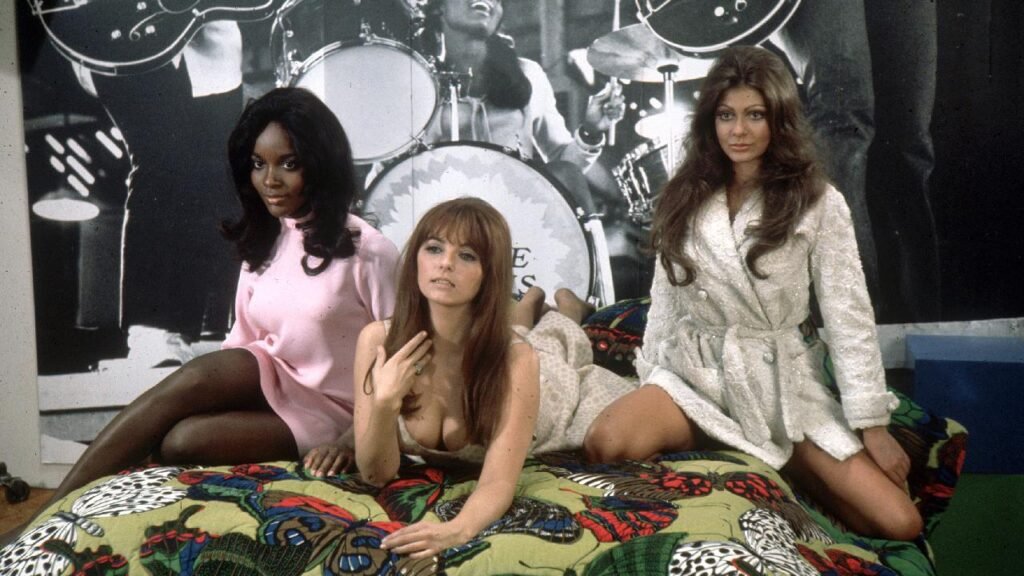
There are new friends and different parties, and the young people can barely keep up. It’s possible Russ Meyer (with co-writer Roger Ebert) was crafting a cautionary tale about the idiocy of wasted youth using exploitation as a vehicle, but if all he cared about was a cheap thrill, he certainly went about this first big budget studio project in a weird way. I would’ve loved to have been a fly on the wall when Fox executives screened this movie.
It is also, by leaps and bounds, infinitely superior to Valley of the Dolls. Why are there so many cautionary fables about Hollywood? Is it not enough of a warning to witness all the tragedy in recent years, but we also have to get Shakespearean tales of violence and vengeance. We have to talk about the ending. This was a story that continued to echo in the canyons for over a year.
“Z-Man’s” murderous rampage was shot explicitly to recall the Manson murders. I think this is why the movie was given the “X” rating. There is graphic violence, but the tone makes it difficult to trim. This was the first mainstream movie to address the murders, and for that, I have to give Meyer and Ebert props. This is an intensely physical movie with rapid-fire editing and sly subversive cuts of shadowy figures that underscore a horrific sadness and a demonic presence in the empty suits and mini-skirts that haunt “The Dream Factory.”
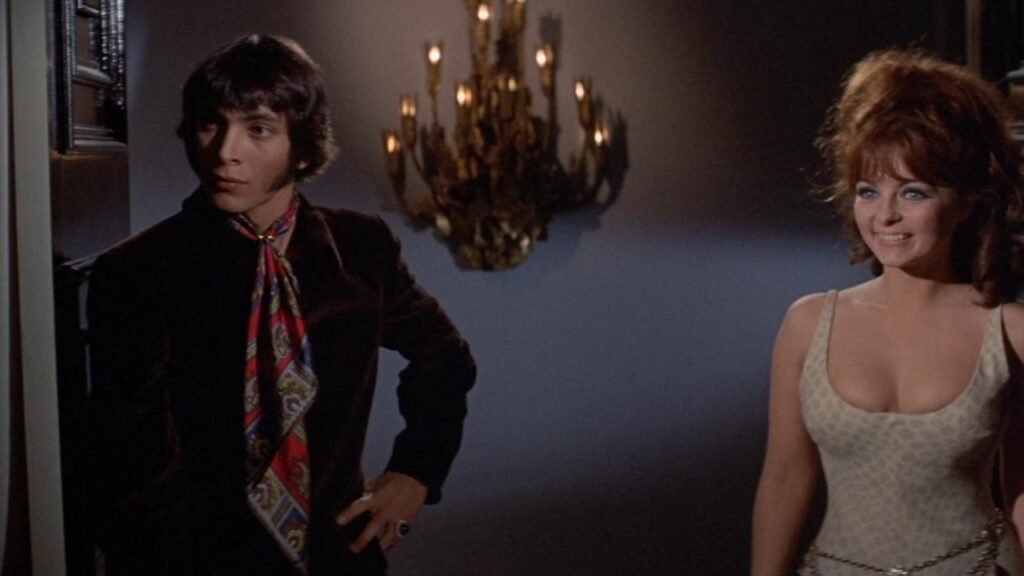
There were two things I disliked about Beyond the Valley of the Dolls. The first was the lecturing voice-over at the end, but I have a feeling that was tacked on at the insistence of the studio. The second was the triple wedding. It’s just too perfect that a movie with so much violent baggage should have a happy ending. It reminds me a bit of Secretary, and the improbably happy ending both characters are given.
The movie was shot in Technicolor and Panavision, like a taste of the old and the new at the same time. This was such a different (and altogether amazing) time that a movie could be released with a “X” rating and use that controversy to sell tickets and become an enormous hit. Once the smoke cleared and Fox released the movie on VHS in 1998, it was given a much more manageable reappraisal and a “NC-17” rating, as did a few other movies, such as Pink Flamingos.
Of all the Russ Meyer movies I’ve seen (due in part to my friend, Won Kim, introducing me to his work), I have to say I prefer this movie, Faster Pussycat, and the equally brilliant and subversive Beneath the Valley of the Ultra Vixens (also co-written with Roger Ebert). As William Goldman once said, Russ Meyer is a true American auteur.

